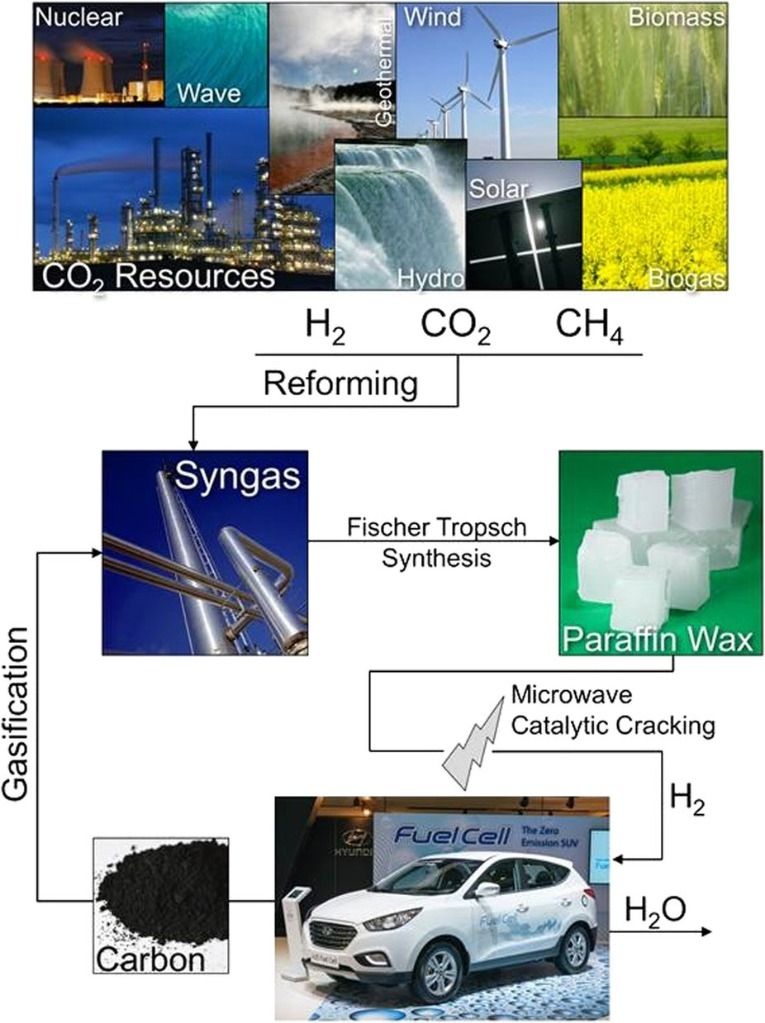Page 10581
Jan 13, 2017
We Have Overcome the Plant-Animal Communication Barrier, MIT Professor Claims
Posted by Shane Hinshaw in category: futurism
Jan 13, 2017
Squid Tooth Biomaterials Could Make You Stronger
Posted by Shane Hinshaw in category: futurism
Jan 13, 2017
This Wrist Band Could Replace Your Birth Control Pill
Posted by Shane Hinshaw in category: biotech/medical
Jan 13, 2017
Taiwan’s smog-eating twisting tower will feature luxury apartments — take a look inside
Posted by Karen Hurst in categories: environmental, habitats, sustainability
I usually don’t post things from business insider since it is broadcasted everywhere already. However, I saw this and we way too cool not to share.
The Tao Zhu Yin Yuan Tower will include 23,000 trees and shrubs to eat CO2 — nearly the same amount found in Central Park.
Jan 13, 2017
D-Wave Just Open-Sourced Quantum Computing
Posted by Shane Hinshaw in categories: computing, quantum physics

If you feel no awe when watching this video, then you are already dead.
On Jan. 14, 2005, ESA’s Huygens probe made its descent to the surface of Saturn’s hazy moon, Titan. Carried to Saturn by NASA’s Cassini spacecraft, Huygens made the most distant landing ever on another world, and the only landing on a body in the outer solar system. This video uses actual images taken by the probe during its two-and-a-half hour fall under its parachutes.
Jan 13, 2017
Making hydrogen from wax
Posted by Montie Adkins in categories: chemistry, energy, transportation
This publication suggests that wax could be carried on vehicles and used to create hydrogen gas in situ, the waste carbon being used to make more wax via syngas production and the Fischer-Tropsch process, where carbon monoxide and hydrogen is converted into hydrocarbons as a potential source of petro-chemicals that does not involve releasing fossil carbon into the atmosphere. While this publication is still a long way from a working industrial-scale process, it offers a very hopeful potential avenue for less-polluting technology.
Philip recently attended an event for other Oxford University chemistry alumni, and one of the speakers drew attention to a recent publication from, among others, Oxford chemists, regarding the production of hydrogen from paraffin waxes by microwave degradation using a ruthenium catalyst.
Hydrogen has often been suggested as an environmentally-friendly replacement energy source for fossil fuels in transport vehicles and other applications requiring high energy density. (Note that hydrogen is not a “fuel”, as it must be made using energy from other sources, which can be environmentally-friendly or not.) However, there are significant problems with this, notably involving the safe storage of a highly-inflammable and explosive gas which is much lighter than air.

















